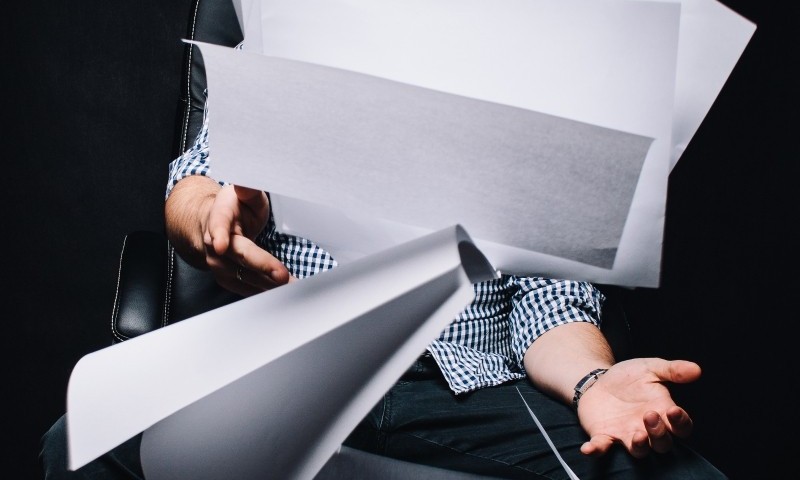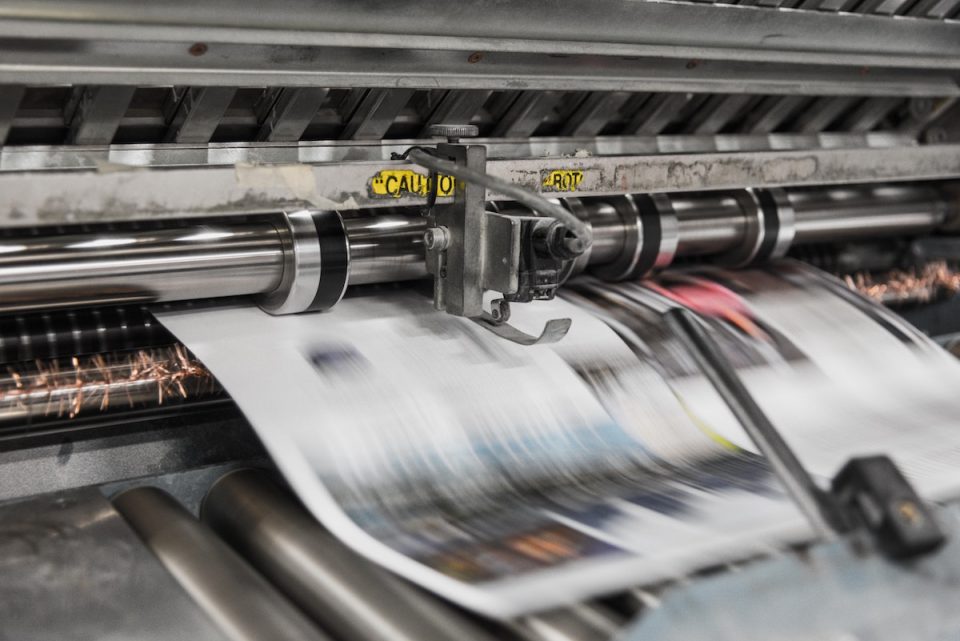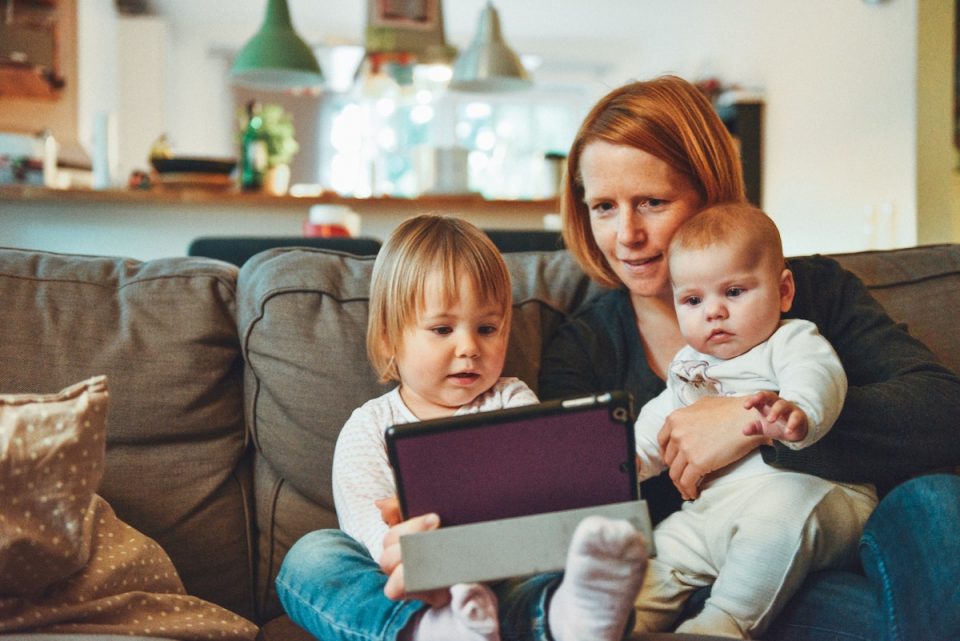Every Designer Should Start With Paper

Tired of Useless Meetings?
February 22, 2016
What is paper whiteness?
February 26, 2016
Technology has advanced our world in a myriad of different and monumental ways, none more so than in the areas of artistry and design.
Computers allow skilled artists to create unbelievable landscapes and graphics that can turn even the most lackluster website into a thing of beauty. As is the case with many areas where advanced tools are available, sometimes we can lose sight of the simple basics that can make the creative process artists depend on so much easier. In essence, many of us have forsaken the pencil for the ease of the mouse.
Hearkening back to these simple tools of times past can have many benefits, not just in the design phase, but even before you begin the actual drawing itself.
#Organization
Even with works artistic in nature, a clear and well-thought out plan is a top key to achieving your goals with as little creative difficulty as possible. So, before you draw even one line, whip out your pen and paper and make a list of exactly what it is you are trying to accomplish. Keywords that pertain to the project in specific are an excellent example, serving as both good reference material and to give a permanence you can easily build on. List things in the order you want to complete them in, and stick to it, thus avoiding distraction with other stages you have not yet reached.
#Memory
In 1972, scientists Herbert Simon and Alan Newell performed a study on different aspects of memory and how well the mind processes and retains various types of information. In it, they define “external memory” and show how the translation of a thought into an illustration can actually serve as an extension of our memory itself. Put plainly, the physical act of putting pencil, charcoal or whatever medium you use to the sketch pad takes the place of remembering it yourself, freeing up more space in your brain. As a result, when you finally do put hand to mouse, no creativity is wasted.
#Flexibility
Change is one of the basic building blocks of creativity, with the ability to mold and reform original ideas into something better one of the chief ways we develop finished, polished results. Scientists have found that when an image is held solely in the mind, without any translation into the physical, the level at which we can manipulate and improve our original idea is severely limited. Restructuring, or morphing one idea into another, is most effective in an artistic sense when we put it on paper, even over using a computing medium. Retaining the flexibility to improve your design most effectively is most easily achieved by sketching it out first.
All in all, hand drawing or sketching has been shown, in many ways, to help the creative process and make your time behind the computer screen as productive as possible.
There is nothing quite like the feeling of creating something with your own two hands, a habit that can only enhance your design skills and finished works to the nth degree.




